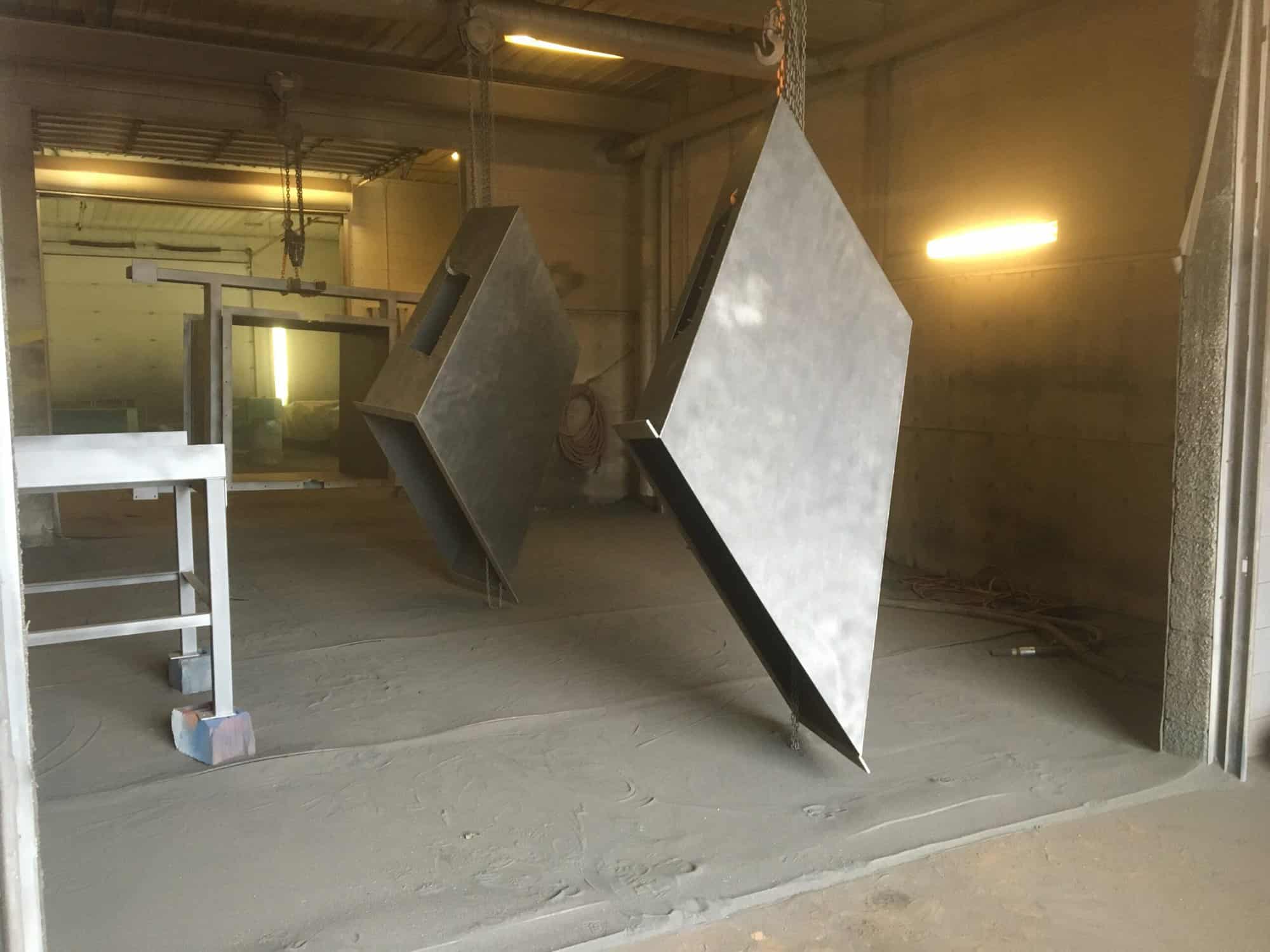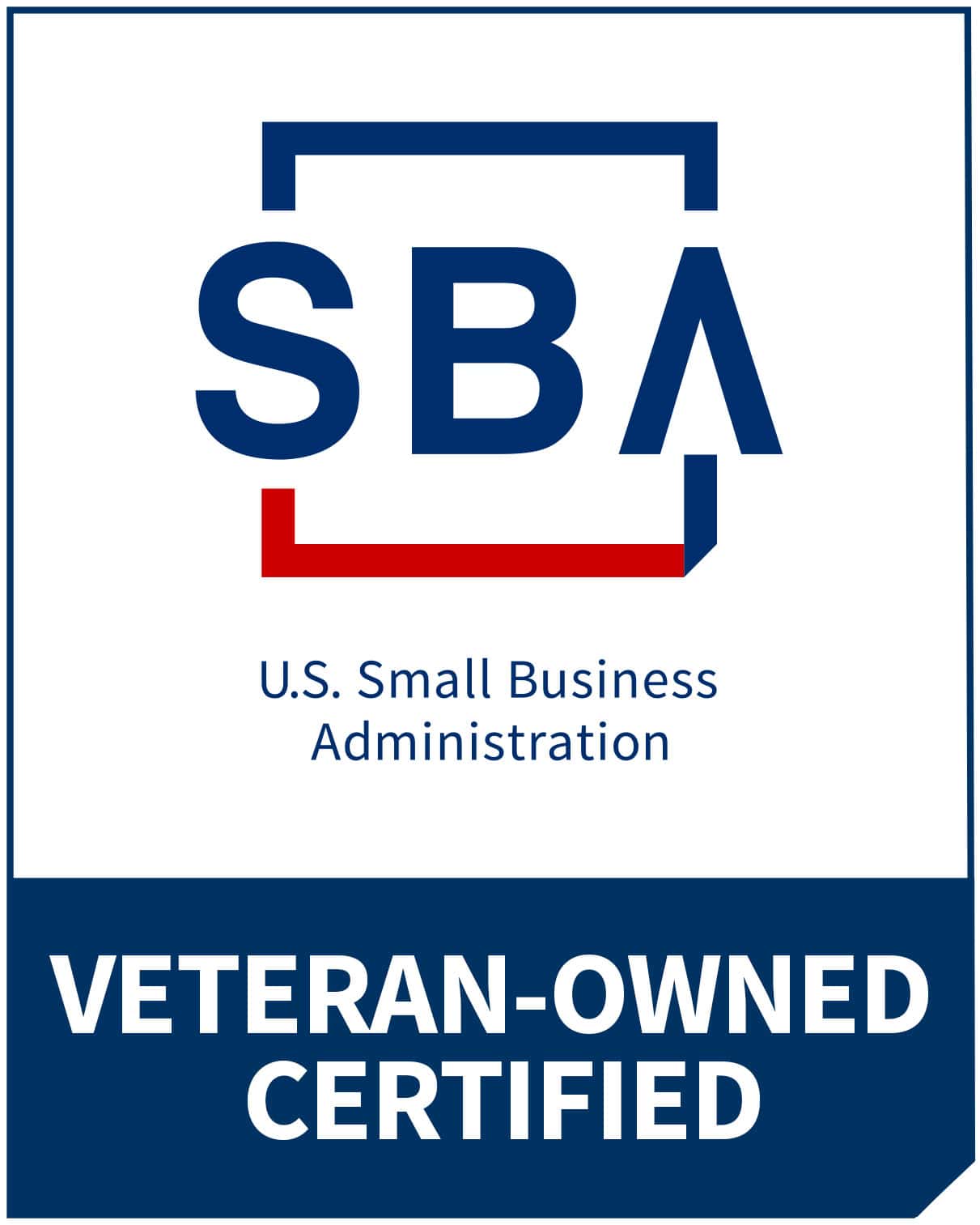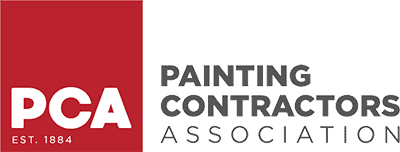Have you ever come across a metal surface or an old piece of furniture that looked beyond repair? Well, believe it or not, there’s a high chance it can be restored to its former glory.
What does sandblasting do? Sandblasting is not just about cleaning up a surface. It’s a powerful rejuvenation technique that breathes new life into almost any material. Whether it’s stripping away years of grime from an old building or preparing a car frame for repainting, sandblasting does the heavy lifting.
In Grand Rapids, MI, and nearby areas, Dave Cole Decorators, Inc. offers professional sandblasting services that can transform even the most worn-out items. By the end of this guide, you’ll discover why sandblasting is the go-to method for tough jobs and how it might just be the solution you’ve been looking for.

What Does Sandblasting Do?
Sandblasting, also known as abrasive blasting, involves propelling abrasive materials at high speed against a surface. This forceful impact cleans, smooths, or etches the surface, making it ideal for a variety of applications.
Depending on the desired outcome, the materials used can range from sand and glass beads to walnut shells and plastic pellets. But exactly what does sandblasting do in different contexts? Let’s dig deeper!
The Power of Surface Preparation
One of the primary functions of sandblasting is surface preparation. Before you can apply a new coat of paint or a protective layer, it’s crucial to remove old paint, rust, and other surface contaminants. Sandblasting does this efficiently, leaving behind a clean, smooth surface that’s ready for further treatment. This step is vital for ensuring that new coatings adhere properly and have a prolonged lifespan, effectively enhancing the durability and appearance of the project.
Cleaning and Restoration
What does sandblasting do when it comes to cleaning and restoration? It’s a go-to method for reviving industrial machinery, vehicles, and buildings that have accumulated layers of grime, rust, and old paint. Sandblasting strips away these unwanted layers, revealing the clean material underneath. It’s particularly valuable in the restoration of historical buildings, statues, and monuments, where it can remove years of weathering and pollution gently enough not to damage the underlying material.
Texturing and Etching
Beyond its cleaning and preparation capabilities, sandblasting is also utilized to create textures and designs on various surfaces. For example, it can etch intricate patterns on glass or create a rough texture on metal for artistic or functional purposes. This versatility makes sandblasting a favored technique among artists and designers who seek to add a unique touch to their work.
Types of Sandblasting
It’s essential to consider the different types available, as each method suits specific tasks and materials. From revitalizing old cars to preparing industrial equipment for repainting, sandblasting comes in several forms, each with its own benefits.
Here, we explore the most commonly used types of sandblasting, helping you understand which method might be right for your needs.
1. Dry Sandblasting
As the most commonly utilized method, dry sandblasting involves propelling dry abrasive materials at high velocities toward a target surface. This technique is particularly effective in removing stubborn contaminants like rust, scaling, or old paint from surfaces. It’s widely used in industries requiring intense cleaning and surface preparation, such as shipbuilding and restoration projects.
The effectiveness of dry sandblasting in stripping surfaces also makes it suitable for smoothing out rough textures or preparing a surface for coatings and paints. However, due to its tendency to produce a significant amount of dust, this method requires appropriate safety measures, such as protective gear and proper ventilation.
2. Wet Sandblasting
What does sandblasting do when it needs to be less aggressive and more controlled? Wet sandblasting answers this need by mixing water with abrasive materials. This method not only helps in suppressing the dust but also significantly reduces the heat and friction generated during the blasting process, which can be beneficial when working with heat-sensitive materials.
Wet sandblasting is often used on surfaces that are too delicate for traditional dry blasting, such as automotive parts, woodwork, or even soft stone. It’s also the preferred method in environments where dust is a concern, such as in populated or enclosed spaces.
3. Bead Blasting
Specializing in finishing tasks, bead blasting employs fine glass beads that are blasted at a surface under lower air pressure than traditional sandblasting. This method is ideal for cleaning or creating a uniform, smooth, and glossy finish on metal surfaces without causing damage or warping.
Bead blasting is particularly popular in the automotive industry for finishing auto parts and in the aerospace sector for treating aircraft components. The gentle yet effective cleaning and finishing capabilities make bead blasting suitable for items requiring a high-quality surface finish.
4. Shot Blasting
This type of sandblasting uses small steel balls or ‘shot’ that are propelled at high speed towards a surface. Unlike other forms, shot blasting also conditions metal surfaces to improve their durability and resistance to stresses.
This process is commonly employed in the heavy manufacturing industry to prepare metal structures for construction or to enhance the mechanical properties of metal parts, such as improving their fatigue resistance. Shot blasting is particularly effective for treating large areas quickly and is often used in preparation for painting or coating large structures like ships, bridges, and steel frames.
Prioritizing Safety in Sandblasting Operations
At Dave Cole Decorators, Inc., safety always comes first. Sandblasting is powerful but can be risky without the right precautions. Our team wears protective clothing, goggles, and respiratory gear to shield against high-speed abrasive particles. We enforce strict dust control and ensure proper ventilation to protect both our staff and the environment.
We also regularly train our operators on the latest safety protocols and continuously monitor our procedures to ensure they meet industry standards. This proactive approach helps prevent accidents and maintains a secure working environment for everyone involved.
Final Thoughts
If you’re facing challenges with surface preparation or cleaning in an industrial setting, our sandblasting services are here to help! Wondering exactly what does sandblasting do? It’s a comprehensive solution that rejuvenates and prepares surfaces for further processing. Whether it’s for preparing surfaces for painting, restoring old machinery, or even creating artistic textures, sandblasting offers unmatched efficiency and versatility.
At Dave Cole Decorators, Inc., we’re committed to delivering top-notch sandblasting solutions. We understand the role of surface treatment in industrial projects and are here to ensure your assets look and perform their best. Serving Holland, Muskegon, MI, and surrounding areas, we’re ready to assist with all your sandblasting needs, ensuring excellence and satisfaction in every project.
Call us at 616-303-5911 for a FREE estimate and see how we can help with your sandblasting concerns!










